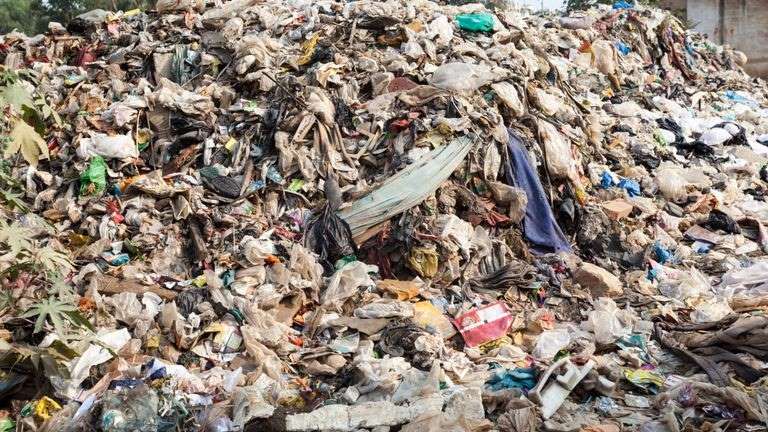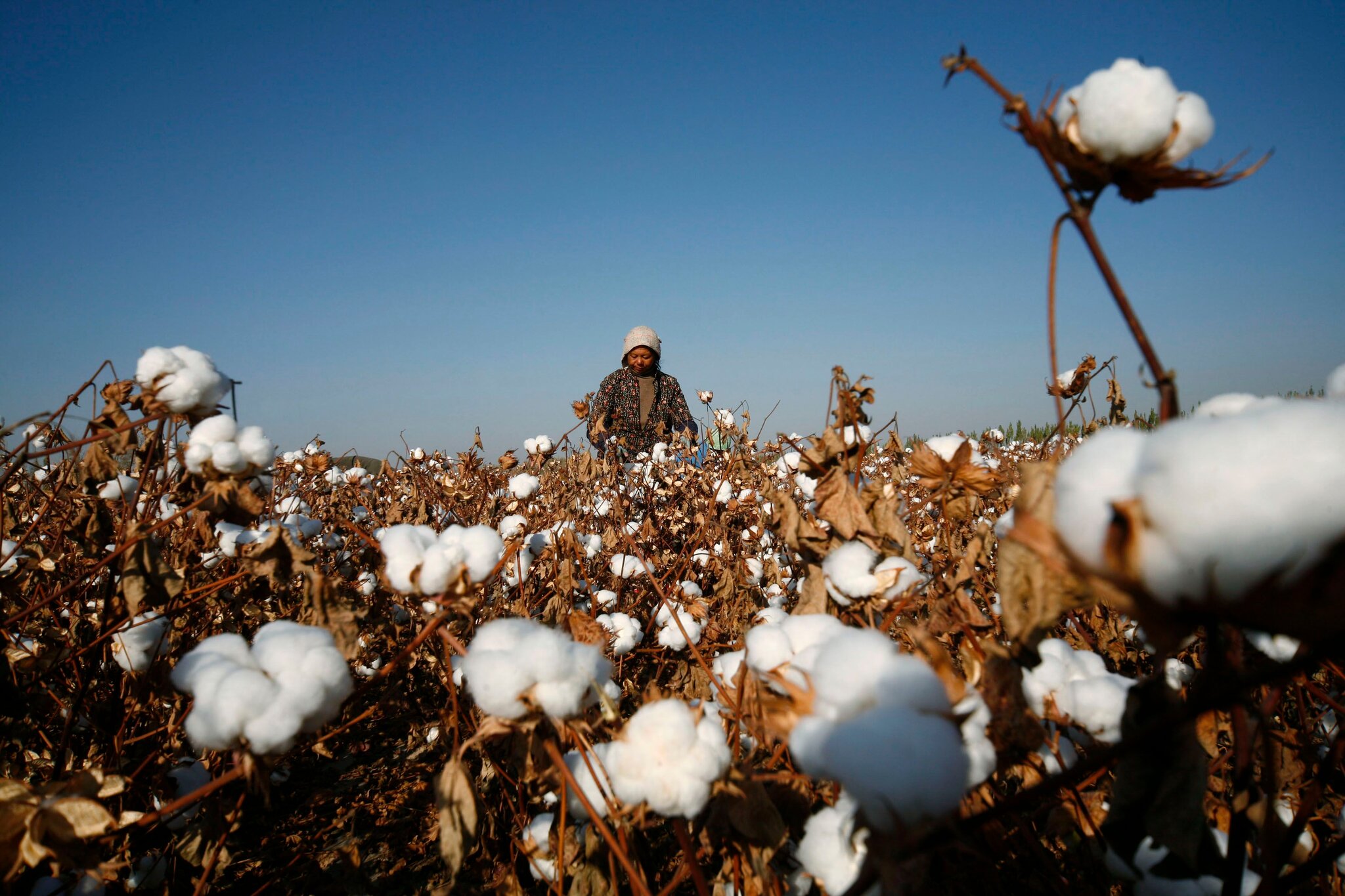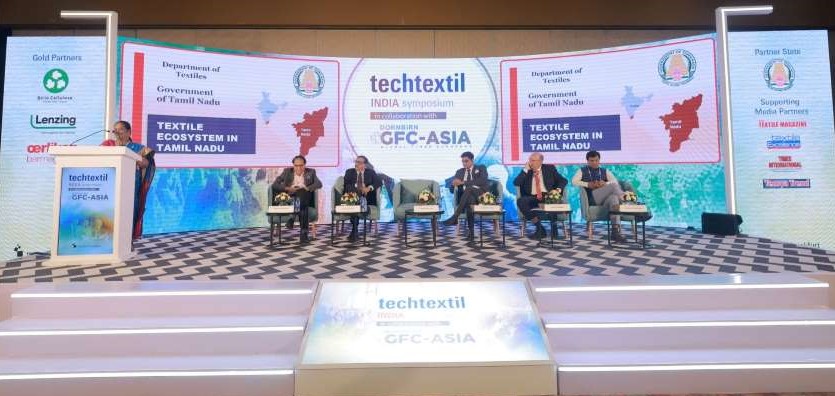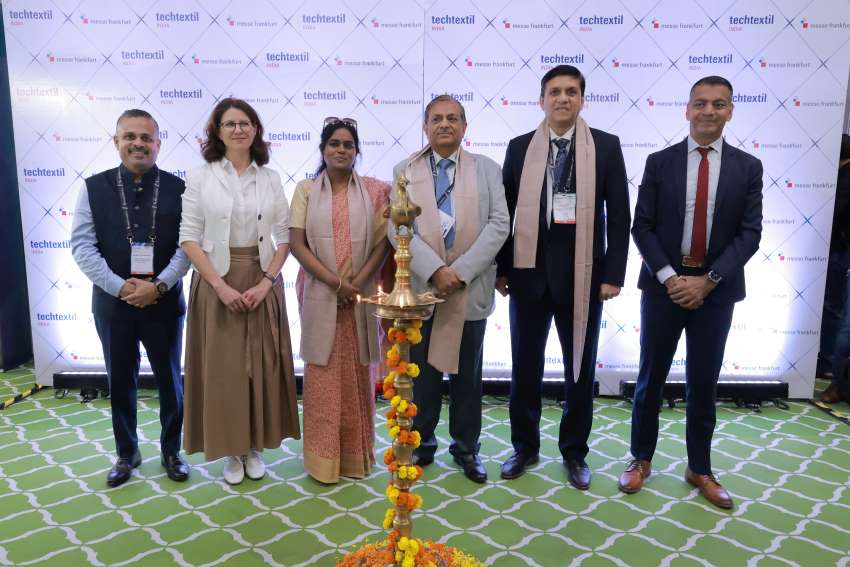
Despite growing awareness of sustainable fashion, a new report by WRAP, a leading climate action NGO, reveals that nearly half of all used clothes in the UK still end up in general waste bins.
The report, titled ‘Textiles Market Situation Report 2024’, highlights that in 2022, out of the 1.45 million tons of used textiles generated in the UK, a staggering 421,600 tons were discarded in household bins. This translates to an average of 35 unwanted garments thrown away per person every year.
Clogging landfills
While some of this discarded clothing gets incinerated with energy recovery, a significant portion, around 11 per cent, ends up in landfills. This trend is particularly concerning as it highlights a missed opportunity for reuse and recycling within the textile industry.
The report also points to a decline in the value of donated textiles. Between 2013 and 2023, the price per tonne for donations to textile banks and charity shops has dropped by 57.5 per cent and 41 per cent respectively (not accounting for inflation). This suggests a potential saturation in the second-hand clothing market, calling for innovative solutions to manage textile waste.
“The report's findings highlight the need for a more comprehensive approach to used clothing," says a spokesperson for WRAP. "Encouraging consumers to buy less, buy better quality, and extend the life of their clothes are crucial steps. Additionally, supporting businesses that prioritize reuse and recycling can create a more circular textile system."
With increasing consumer awareness and industry action, the textile industry has the potential to move towards a more sustainable future. However, as the WRAP report suggests, there's still a long way to go before we stop throwing away clothes like yesterday's news.
The report underscores the need for a multi-pronged approach to achieve a more circular textiles system. This could involve encouraging consumers to buy less clothing and invest in higher quality pieces that last longer. Additionally, it highlights the importance of innovation in textile recycling technologies and exploring possibilities for Extended Producer Responsibility (EPR) schemes, where brands are held financially accountable for the end-of-life management of their products.
“The WRAP report serves as a stark reminder of the significant work that remains to be done in creating a sustainable future for clothing," said an industry expert. "By addressing these challenges, we can move towards a more circular economy for textiles, reducing waste and our environmental impact.”












